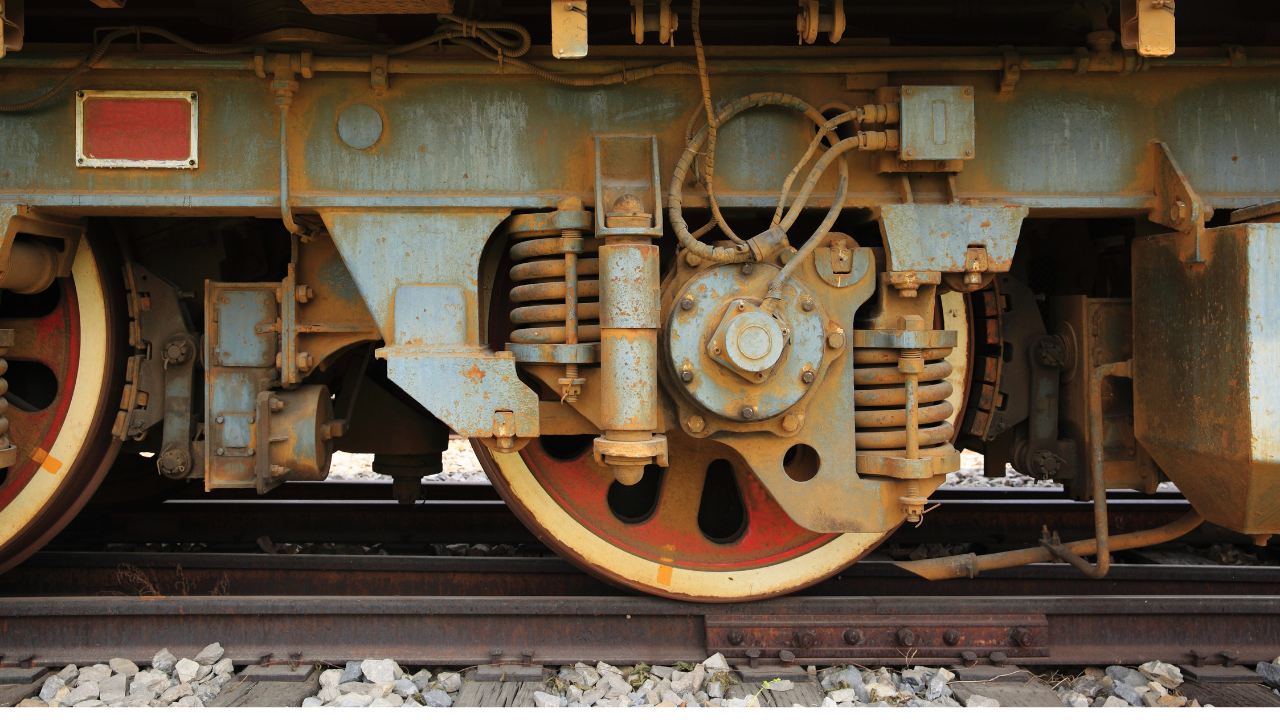Failure Analysis Uncovers the Cause of the Keystone Oil Spill
Natalie Johnson
Posted 02/15/2023

What Happened?
The Keystone Oil Spill in Washington County, Kansas was the largest oil spill (12,000 – 14,000 barrels) the pipeline has ever seen. Since 2010 the Keystone pipeline has had at least 22 oil spills resulting in nearly 26,000 barrels of oil being released into the surrounding environment.
The oil the pipeline was transporting is known as Bitumen. According to the American Petroleum Institute, bitumen doesn’t flow through a pipeline efficiently, so it is mixed with dilutants and transported as diluted bitumen. ‘Dilbit’ is a very thick substance. Anthony Swift who works with the Natural Resources Defense Council, likened it to the consistency of peanut butter.
How Bad is the Keystone Oil Spill?
Because of the type of oil being transported, many containment efforts don’t work for bitumen. For example, when cleaning up water, the conventional way is to clean the oil off the top of the surface. Bitumen, however, sinks to the bottom of water, wetlands, etc. making it extremely difficult and expensive to clean up.
On land bitumen has extremely strong adhesive properties. Swift says once the thick tar sands (bitumen) is on something, you pretty much have to extract anything and everything it has touched. The bitumen can also migrate and will seep into soil, the longer it is left in the environment, the worse its effects become. The spill contaminated a nearby creek, farmland, and pastureland in the surrounding area. The founder of Bold Alliance, believes the community is in it for the long haul and that the land may be contaminated for a very very long time even once clean-up efforts are “completed.”
What was the Cause of the Oil Spill?
After nearly 2 months of investigations and a root cause analysis, TC Energy Corp revealed the cause of the oil spill was likely a combination of a welding flaw and bending stress fatigue which resulted in a crack forming and eventually lead to the rupture. The cause of the bending stress is still unclear and remains a focal point of the root cause failure analysis a third-party is conducting.
Welding Flaw
The welding flaw was at a pipe-to-fitting girth weld. Girth welding is when two connecting pipes are welded together around their circumference. Several passes are required to create a proper weld joint. Welds are at-risk for causing irregularities as it is extremely difficult to not introduce air pockets when welding. Welders are of course trained to be as consistent as possible, but like anything else there can be flaws that go undetected. According to TC Energy Corp they believe the welding flaw was completed during fabrication and confirmed the pipeline underwent welding inspections and testing after fabrication.


Bending Stress Fatigue
Pipelines are never straight lines; they have curves and bends. The three most common ways to allow a pipeline to change directions are to use elbows, segmental ells, or field bends (straight pipe bent in the field). Anytime there is a pipe bend or change in direction a pipe will experience bending stress, which is a combination of compression and tension.

Metallurgy
The metallurgical analysis of the pipeline did not identify any issues with the strength or material used. The pipeline was operating within its operational design and within the maximum operating pressure. However, this pipeline was approved to operate above the typical flow rate.
The TC Energy group obtained a special permit from the Pipeline and Hazardous Materials Safety Administration. This permit allowed the pipeline to operate at higher pressures than is usually allowed under agency regulation for oil transport. While the investigation is still underway, Swift believes this is a reason for concern and that the higher stress level could have potentially been a major contributing factor.
What Now?
TC Energy group was permitted to resume the transport of oil, but at a lower flow rate than used when the incident occurred. They are still investigating the incident, using a third party, and are continually providing updates as they have them.
Statistics still show that pipelines are the safest way to transport energy across the country, oil typically reaches its destination safely 99% of the time.

Midweek with Maintenance World
Looking for a midweek break? Keep up with the latest news brought to you every Wednesday by the Maintenance World crew.

Natalie Johnson
Natalie Johnson is the previous editor/website administrator for MaintenanceWorld.com, and is currently a student at Campbell University Norman Adrian Wiggins School of Law.
Related Articles

Cardinal Manufacturing, Helping to Bridge the Manufacturing Skills Gap

South Carolina Ranked as the #1 State for Manufacturing

The Decade of American Reshoring
Lost Radioactive Capsule Proves Preventive Maintenance is as Important as Ever

HBD Condition Monitoring Devices at the center of Ohio Derailment




